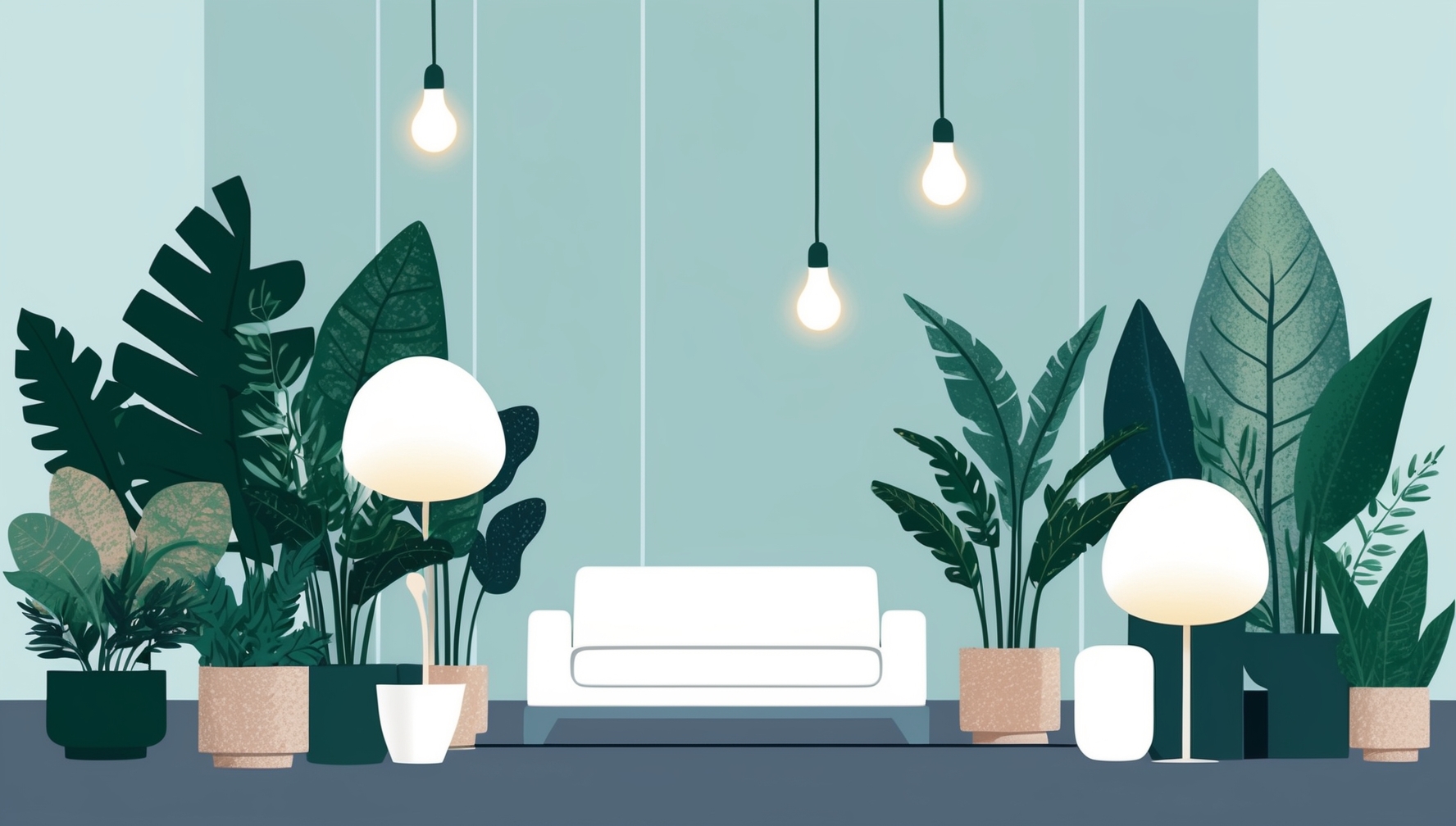As the world faces growing environmental challenges, the need for sustainable living practices has never been more urgent. LED lights, with their energy efficiency, long lifespan, and eco-friendly characteristics, are playing a pivotal role in promoting sustainable living. This article explores the various ways in which LED lights contribute to a greener, more sustainable world.
Energy Efficiency and Reduced Carbon Footprint
When comparing LEDs vs. traditional lighting options like incandescent bulbs and CFLs, the energy savings and reduced carbon footprint offered by LEDs become even more apparent. LEDs consume up to 80% less energy than traditional incandescent bulbs and about 50% less than compact fluorescent lamps (CFLs). This efficiency translates directly into a reduced carbon footprint, as less energy consumption means fewer greenhouse gas emissions from power plants.
By switching to LEDs, individuals and businesses can significantly reduce their energy use, leading to lower electricity bills and a substantial positive impact on the environment. The widespread adoption of LEDs is a crucial step toward achieving global energy efficiency targets and mitigating climate change.
Extended Lifespan Reduces Waste
LED lights have an exceptionally long lifespan compared to traditional lighting options. While incandescent bulbs typically last around 1,000 hours and CFLs about 10,000 hours, LEDs can last up to 50,000 hours or more. This extended lifespan means that LEDs need to be replaced far less frequently, reducing the amount of waste generated from discarded bulbs.
The reduction in waste not only benefits the environment by lowering the demand for raw materials and reducing landfill use, but it also saves consumers money and time spent on maintenance and replacements. By choosing LEDs, individuals and businesses can contribute to a more sustainable lifecycle for lighting products.
Absence of Harmful Substances
Unlike CFLs, which contain mercury, a hazardous substance that can be harmful to both the environment and human health, LED lights are free of toxic materials. This makes LEDs safer to use and dispose of, as they do not pose the same environmental risks associated with other lighting technologies.
The environmental impact of LED lighting is further minimized by the absence of harmful substances like mercury, which is commonly found in CFLs. This also makes LEDs more environmentally friendly during their production and disposal processes. As more people become aware of the importance of reducing toxic waste, LEDs offer a safer and greener alternative for lighting needs.
Low Heat Emission
LEDs produce very little heat compared to traditional incandescent bulbs, which waste a significant amount of energy as heat. This low heat emission not only makes LEDs more energy-efficient but also safer to use, as they reduce the risk of burns and fires.
In addition, the lower heat output of LEDs can contribute to reduced cooling costs in buildings, as they do not contribute as much to the overall heat load. This further enhances their energy-saving potential and supports sustainable living by reducing the need for air conditioning and other cooling systems.
Versatility in Eco-Friendly Applications
LED lights are highly versatile and can be used in a wide range of applications that promote sustainability. For example, LEDs are ideal for solar-powered lighting systems, which harness renewable energy from the sun to provide illumination without relying on the grid. This combination of solar power and LED technology is particularly beneficial in remote areas and for outdoor lighting, where energy efficiency and reliability are paramount.
Moreover, LEDs are increasingly used in energy-efficient buildings and smart homes, where they can be integrated with automated systems to optimize energy use. This versatility makes LEDs a key component in the design of sustainable, eco-friendly environments.
Support for Green Building Standards
The use of LED lighting is often a requirement or a strong recommendation in green building certifications, such as LEED (Leadership in Energy and Environmental Design) and BREEAM (Building Research Establishment Environmental Assessment Method). These certifications recognize buildings that meet high standards of sustainability, energy efficiency, and environmental responsibility.
By incorporating LED lighting into building designs, architects and developers can earn points toward these certifications, contributing to the creation of more sustainable, energy-efficient buildings. This not only benefits the environment but also enhances the marketability and value of green buildings.
LED Lighting in Sustainable Agriculture
LED technology is also making significant strides in sustainable agriculture. LED grow lights are being used to enhance plant growth in controlled environments, such as greenhouses and vertical farms. These lights can be tailored to emit specific wavelengths of light that are optimal for photosynthesis, leading to higher crop yields and reduced energy consumption.
By enabling year-round cultivation with lower energy inputs, LED grow lights are helping to create more sustainable agricultural practices that can feed a growing global population without depleting natural resources.
The Path Forward: Embracing LED Technology for a Sustainable Future
LED lights are more than just a lighting solution—they are a powerful tool for promoting sustainable living. Their energy efficiency, long lifespan, and environmental benefits make them an essential component of any effort to reduce our carbon footprint and live more sustainably. As technology continues to advance, LEDs will play an increasingly vital role in creating a greener, more sustainable future for all.
